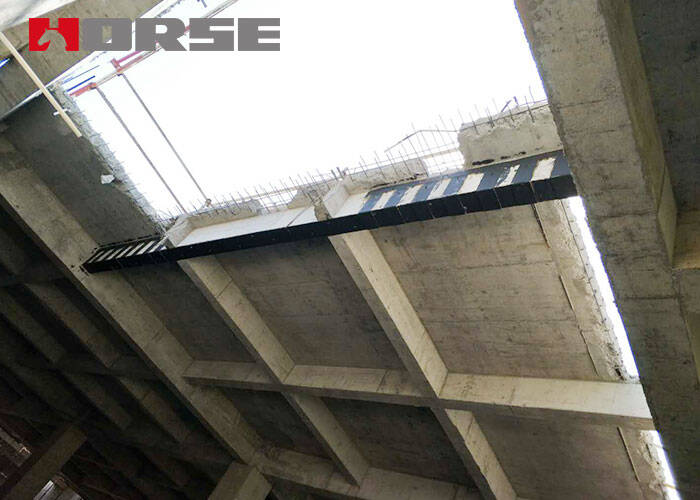Solutions
Horse Construction offers full range of structural strengthening materials with technical supports, documentation supports, products supports, project supports.
Structural Strengthening Techniques For Existing Building And Structures

To strengthen a structure, it's important to first identify the weaknesses or areas that need improvement. Here are some general steps that can be taken to strengthen a structure:
Assess the structure: A professional engineer should perform a thorough inspection of the structure to identify any issues or areas that need improvement.
Determine the load requirements: The engineer should also determine the load requirements for the structure, taking into account factors such as the weight of the building materials, occupants, and any equipment or machinery.
Consider the environment: The engineer should also consider the environment in which the structure is located, such as the climate, soil conditions, and potential hazards like earthquakes or hurricanes.
Develop a plan: Based on the assessment and load requirements, the engineer should develop a plan to strengthen the structure. This could involve reinforcing with additional materials, modifying the design, improving connections, or performing maintenance.
Implement the plan: The engineer should oversee the implementation of the plan to ensure that it is carried out correctly and safely.
Monitor the structure: It's important to monitor the structure over time to ensure that it continues to meet the load requirements and remains safe and stable.

What are the four ways to strengthen structures?
Reinforcement with additional materials: This involves adding additional materials to a structure to increase its strength and load-bearing capacity. For example, adding steel columns or beams to a building can reinforce its frame and make it more stable.
Modifying the design: Modifying the design of a structure can improve its strength. For example, adding diagonal bracing or shear walls to a building can increase its resistance to lateral forces like wind or earthquakes.
Increasing the thickness or density of existing materials: This involves adding more material to an existing structure to improve its strength. For example, adding more concrete to a foundation or thicker wood to a floor joist.
Improving connections: Strengthening connections between structural members can improve the overall stability of a structure. For example, using stronger bolts or welding instead of screws can improve the connection between two structural members.
You can find anything here you are in need of, have a trust trying on these products, you will find the big difference after that.

High strength, unidirectional carbon fiber wrap pre-saturated to form a carbon fiber reinforced polymer (CFRP) wrap used to strengthen structural concrete elements.

Two-component epoxy modified epoxy structural strengthening adhesive for bonded steel plate to concrete

High strength carbon fiber reinforced polymer(CFRP) plate for structural strengthening and concrete repair